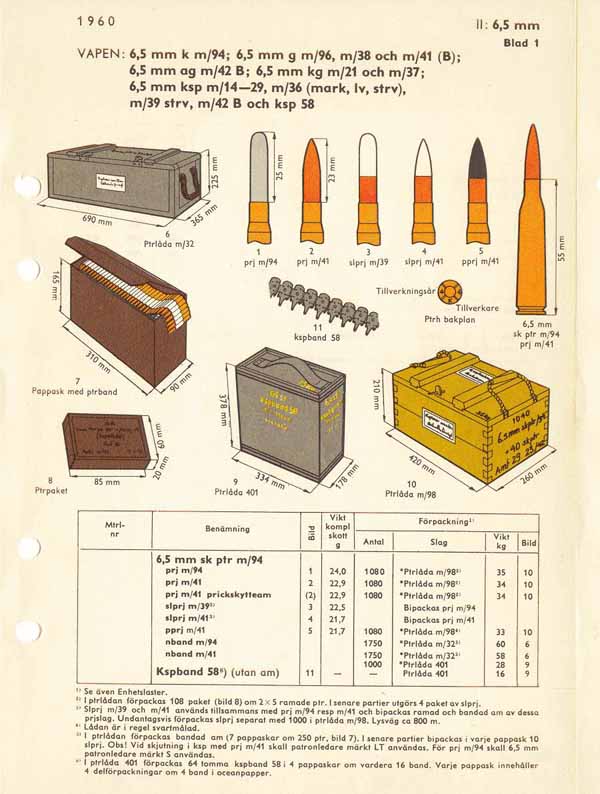During March 1889 a Commission was formed by the Norwegian government to ascertain the viability and caliber of a potential future army rifle. This Commission was followed up by another in February 1891 that was formed by the General Command of the Army with the task of testing different calibers and models of rifles. Testing started in the autumn of 1891 using test barrels on standard Jarmann rifles. 8.0mm, 7.5mm and 7.0mm and later a 6.5mm was used. Different types of cartridge cases, primers, powders, loadings and bullets were tested and the these tests continued through the summer of 1892. It was found that the 6.5mm caliber had several advantages over the 8mm for example the 8×58 RD in service in Denmark and Sweden at that time.
It is most likely that the cartridge now known as the 6,5x55mm started as a case from G. Roth in Austria. This coincided with various trials by governments across Europe to find replacement rifles for the larger caliber black powder rifles. In the Norwegian State Archives is a drawing dated April 1892 of a 6.5mm test cartridge, which is a rimless case with a length of 56.5mm, most likely the long Roth case necked down from 7mm. A later drawing from March 1893 shows another test cartridge with a semi-rim and a case length of 55mm that closely resembles the ultimately approved cartridge. A new Norwegian/Swedish Rifle Commission was formed by Royal decree on the 3rd of November 1893 and at the first meeting on the 15th of November of that same year they agreed on the 6.5mm as their common future caliber and at a further meeting the rimless 55mm case, details of neck, case thickness and angles were finalised. The Commission ended its work with a report dated the 24th November 1893 and this was approved by H.M. King Oscar II on the 18th January 1894. At that time, Sweden was in a Federation with Norway and this ultimately led to the 6.5×55 being called Swedish Mauser.
 Swedish M1896
Swedish M1896
 Norwegian Krag Jorgensen M1894
Norwegian Krag Jorgensen M1894

 Assman Austria
Assman Austria







 Bore sight by Red-i laser
Bore sight by Red-i laser
24 = Norrahammars Bruk, Norrahammar (cases only)



25 = Vulcans Tandsticksfabrik, Tidaholm (Match stick factory)



26 = Svenska Metallverken AB, Västerås

27 = AB Norma Projektilfabrik, Amotfors


32 = Lidkopings Tandsticksfabrik, Lidkoping

35 = Svenska Metallverken, Blikstorp


AMF – ARMEEFORVALTNINGEN
This is an administrative branch of the Swedish military. The manufacturer codes are 24 – 27 as above
24 = Norrahammars Bruk, Norrahammar (cases only)







Headstamp variations. The ‘circle’ on the third specimen means that it was reloaded at A/S Dansk Ammunitionsfabrik Otterup, and the asterisk on the fifth specimen means that it was reloaded at Haerens Laboratorium







The white tipped round is an m/39 tracer and the blue tipped specimen is a downgraded load.
 This specimen has 2 small knurls near the base.
This specimen has 2 small knurls near the base.


____
25 = Vulcans Tandsticksfabrik, Tidaholm (Match stick factory)




 The Kammarpatron m/12 or Gallery load has a copper washed steel cup
The Kammarpatron m/12 or Gallery load has a copper washed steel cup
____
26 = Svenska Metallverken AB, Västerås







First specimen is not for automatic weapons. The cases may be of a lesser quality and can cause stoppages in automatic weapons.
This Kammarpatron m/12 or Gallery load has a brass washed steel case (magnetic)
____
27 = AB Norma Projektilfabrik, Amotfors







Raufoss Ammunisjonfabrikker, Raufoss.



The 68 means that the case consists of 68% copper









Headstamp variations. Specimen third from right has a laquered steel case.

 laquered steel case specimen
laquered steel case specimen

 New unprimed case showing the Roth primer.
New unprimed case showing the Roth primer.
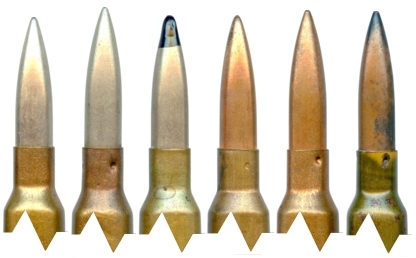
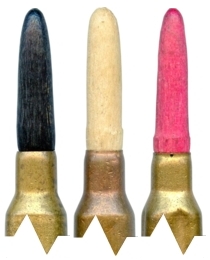
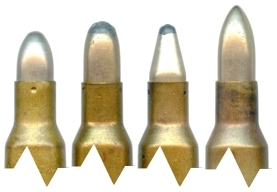
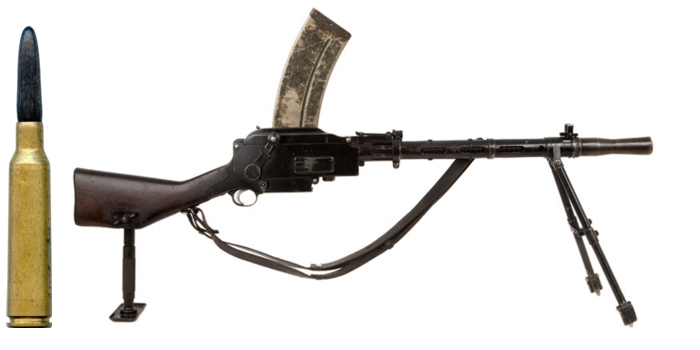 Training blank for Madsen M/G
Training blank for Madsen M/G















RANO – RAUFOSS AMMUNISJONFABRIKKER, RAUFOSS, NORWAY. & NORMA PROJECTILFABRIK, AMOTFORS, SWEDEN
















DWM contract loadings for Sweden



 The ‘dash” on the headstamp is for a factory reload.
The ‘dash” on the headstamp is for a factory reload.


_________________________________________________________________
DWM COMMERCIAL
 Sporting Load
Sporting Load


 DWM 431C is the M.96 Mauser
DWM 431C is the M.96 Mauser

 DWM 431D is the Luxemburg Mauser
DWM 431D is the Luxemburg Mauser
 DWM 431F is the M.05 Mauser
DWM 431F is the M.05 Mauser

 From the original Roth Case #502
From the original Roth Case #502
KARLSBORG MUNITIONS FACTORY (KARLSKRONA NAVAL FACTORY)





 Variations on Karlsborg headstamps
Variations on Karlsborg headstamps












1. M94 CNCS
2. M39 Tracer – old marking
3. Downgraded – Not for automatic weapons. The cases used in these cartridges may be of less quality and may cause stoppages in automatic weapons.
4. Grenade Blank
5. Blank
6. Blank
7. M94 CNCS later model
8. Gallery practice
9. Gallery practice
10. Gallery/Shortrange
11. M39 Tracer
12. GMCS



_____































AMMUNITIONSFABRIKEN MARIEBERG, KUNGSHOLMEN, STOCKHOLM.









027 = AB NORMA PROJEKTILFABRIK, AMOTFORS – (0 = EXPORT)







 Dummy for feeding and extraction testing
Dummy for feeding and extraction testing
070 = FFV VANASVERKEN, KARLSBORG – (0 = EXPORT)





The two specimens above are both short range tracers, with the base that was half black as well as the neck seal.




586 = HIRTENBERG, AUSTRIA (CONTRACT LOADS)
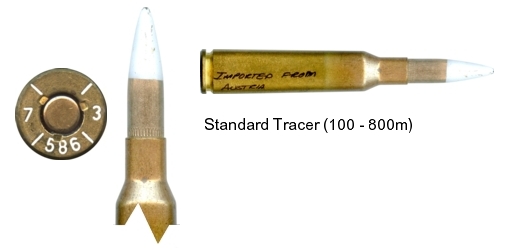
COMMERCIAL/SPORTING LOADS


 Det Frivillige Skyttervesen FOR NORWAY NRA
Det Frivillige Skyttervesen FOR NORWAY NRA
Century Arms Canada






Eley sporting version and board dummy

 CNCS hollow point
CNCS hollow point







 Flare loading (Green)
Flare loading (Green)






GUNTEX Denmark, by Norma


During WW2 Kynoch produced several million rounds of 6.5×55 Krag-Jorgensen ammunition for dropping to Norwegian resistance fighters. The rounds bore a clandestine headstamp, although to any experienced eye it was obviously Kynoch production. The exact British nomenclature of these rounds are not known. The case was drawn brass with an unringed Berdan primer. The headstamp was “6.5 KJ”, the characters being positioned at twelve and six oclock. Whilst this was supposed to be a clandestine headstamp it exhibited all the characteristics in terms of font and size of normal Kynoch production. The spitzer bullet had a gilding metal envelope and a lead core, weighing 160 grains. The ammunition was packed in 20 round cardboard boxes, oddly labelled in German. These boxes were packed in a variety of fake food tins before dropping to the resistance forces. (https://sites.google.com/site/britmilammo/6-5mm-krag-jorgenson)



 The symbol at the bottom of the headstamp is the symbol for the town of Vasteras where Svenska Metallwerken is based. It is a wooden gate with top beam.
The symbol at the bottom of the headstamp is the symbol for the town of Vasteras where Svenska Metallwerken is based. It is a wooden gate with top beam.
The first METALLVERKEN headstamp was a match load by Svenska Metallverken. Shooters will pay a deposit on the cases and in order to prevent shooters from reloading the cases themselves and then returning them to the factory, the primers were marked.
 Ammunition made by Norma for Frankonia Germany
Ammunition made by Norma for Frankonia Germany

Unknown headstamp observed in two dates only, namely 1921 and 1922. In a conversation with another collector, he has confirmed that the primer is the 5,05mm Roth primer with single flash hole, which makes it unlikely that it was made in Sweden, as they used the 5,5mm primer with two flash holes. Raufoss almost always used the Roth primer, with one central flash hole and 5.05 mm primer diameter. It was only for a short period during the First World War that Raufoss used the two flash hole system. Raufoss had purchased new machines from Denmark, and these were designed for the two flash hole system. Due to complaints from shooters, who broke their decapping pins, Raufoss returned to the one hole Roth system again. It is theoretically also possible that Roth (Austria) as well as German manufacturers could have supplied cases because they utilised the Roth system. Another theory is that Raufoss Norway made these cases in Norway for Norma but the base and extractor groove does not match Raufoss manufactured cases of that period.




Second specimen is a German headstamp by Polte, May 1900. These were made under contract by Polte for Norway, but they were rejected on quality grounds. Some were sold to the then newly formed National Rifle Association in Norway.










SCANDIUM is a Match load by Norma, with SCHOU being for SCHOU, AB, a Norwegian retailer, manufactured for them by Norma




 The last SFM specimen is the board dummy showing a pre-1914 short range bullet
The last SFM specimen is the board dummy showing a pre-1914 short range bullet

 Flare loading (Red)
Flare loading (Red)






DAG (Dynamit Aktien Gesellschaft), Hannover Germany






KELLER & Co. – AUSTRIA






_____
HIRTENBERG – AUSTRIA
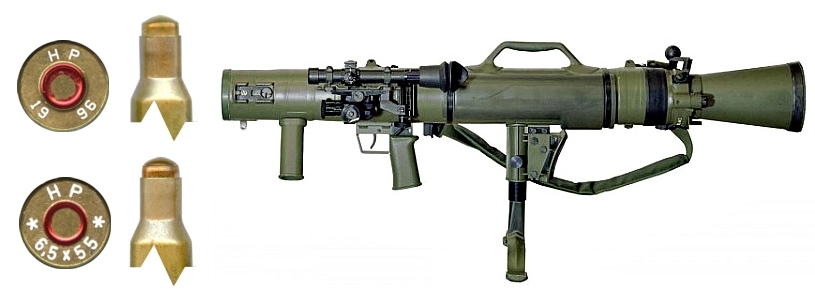
Spotter/Sub-caliber cartridge for the 84mm Carl Gustav recoilless rifle
The Carl Gustaf is an 84mm man-portable reusable anti-tank recoilless rifle produced by Saab Bofors Dynamics (formerly Bofors Anti-Armour AB) in Sweden. The first prototype of the Carl Gustaf was produced in 1946 as a lightweight anti-armor weapon, one of many similar designs of that era. While similar weapons have generally disappeared from service, the Carl Gustaf remains in widespread use today. A combination of light weight, low cost and widely varied ammunition types, makes the Carl Gustav extremely flexible and able to be used in a wide variety of roles where single-purpose weapons like the M72 LAW passed out of service as newer tank designs rendered them ineffective. (wikipedia)
HAERENS AMMUNITIONSARSENALET, COPENHAGEN.




V = Metal Supplier (strip mill, Nordisk Kabel og Trad (Nordic Cable and Wire))
I = Delivery number (From I-IV)
46 = Year of contract
O = The case was reloaded at A/S Dansk Ammunitionsfabrik Otterup
Triangle = The case was an experimental case using 3.7mm sheet brass in its casing.




NORMA






The fourth and the last specimen are match loads by Norma. Shooters will pay a deposit on the cases and in order to prevent shooters from reloading the cases themselves and then returning them to the factory, the primers were marked. The plating of these cases was also a way of discouraging reloads.







 Headstamp on both version is the ordinary ‘norma 6,5×55’ headstamp, meaning production post 1991. In all probability match loads
Headstamp on both version is the ordinary ‘norma 6,5×55’ headstamp, meaning production post 1991. In all probability match loads












 DA (Dansk Ammunitionsfabrik) factory was built in 1911 by Norma Oslo in Otterup and the factory was closed in 1980. Circles denoting reloads can be found anywhere on the headstamp. The 4 is assumed to be a lot number.
DA (Dansk Ammunitionsfabrik) factory was built in 1911 by Norma Oslo in Otterup and the factory was closed in 1980. Circles denoting reloads can be found anywhere on the headstamp. The 4 is assumed to be a lot number.





The upper case letter at eight-o’clock denotes the year of manufacture. From 1962 to 1978 the upper case letter at eight-o’clock denotes the code for the various metal suppliers.
D = Vereinigte Deutsche Nickelwerke (VDN), Deutschland.
M = Svenska Metallverken, Legierung 1070
S = Svenska Metallverken, Legierung 1072
V = Vereinigte Deutsche Metallwerke (VDM), Deutschland.
The upper case letter at four-o’clock denotes the year of manufacture.
P = 1962 S = 1963 T = 1964 U = 1965 V = 1966 H = 1967 L = 1968 A = 1969
Z = 1970 E = 1971 R = 1972 I = 1973 K = 1974 N = 1975 X = 1976 D = 1977 G = 1978

The upper case letters at six-o’clock denotes the code for the various case- manufacturers. During part of the timeframe, 1968 to 1973, Norma’s cases were manufactured for them by Vulcans Tändsticksfabrik (Matchstick Factory) in Tidaholm (Amf 25) and by Svenska Metallverken in Blikstorp (Amf 35).
B = Blikstorp T= Tidaholm O = Otterup R = Raufoss – (The last two codes (O & R) have never been seen)

From 1979 to 1991 all Norma cases were manufactured by Norma at Åmotfors. The upper case letter at six-o’clock denotes the year of manufacture. No code letter “Z” is known to exist. A code letter “B” has been reported, but is unknown at the Norma factory.
O = 1979 & 1980 P = 1981 S = 1982
T = 1983 & until 30th June 1984
U = from 6th Aug.1984 & 1985
V = 1986 C = 1987 L = 1988 I = 1990
(Z = 1991) B = unknown
After 1991 the generic headstamp: “norma 6,5×55” was used
NORDISKA METALLVERKEN AB (Scandinavian Metal Works Company)
The Scandinavian Metal Works Company of Västerås, Sweden was an early ammunition producer and commenced business in 1897 and was the predecessor of SVENSKA METALLVERKEN. The company used an “N” headstamp found mainly on military ammunition typically from 1903-1912 and the “N” was also used up to 1916, (often misidentified as being manufactured by Norma). Sometimes they also used a stylised “M” symbol which indicates the town of Västerås being a wooden gate with a beam and a rose at the top. In 1912 this company joined with some other older factories to become SVENSKA METALLVERKEN (Swedish Metal Works). Production with the “N” headstamp lasted till at least 1913.





 Dummy. Headstamp reads: N / 0 / / 4 /
Dummy. Headstamp reads: N / 0 / / 4 /

 There does not seem to be any proof that Norma manufactured any headstamps with an ‘N’ only, so this might also be Nordiska Metallverken, but not confirmed.
There does not seem to be any proof that Norma manufactured any headstamps with an ‘N’ only, so this might also be Nordiska Metallverken, but not confirmed.
